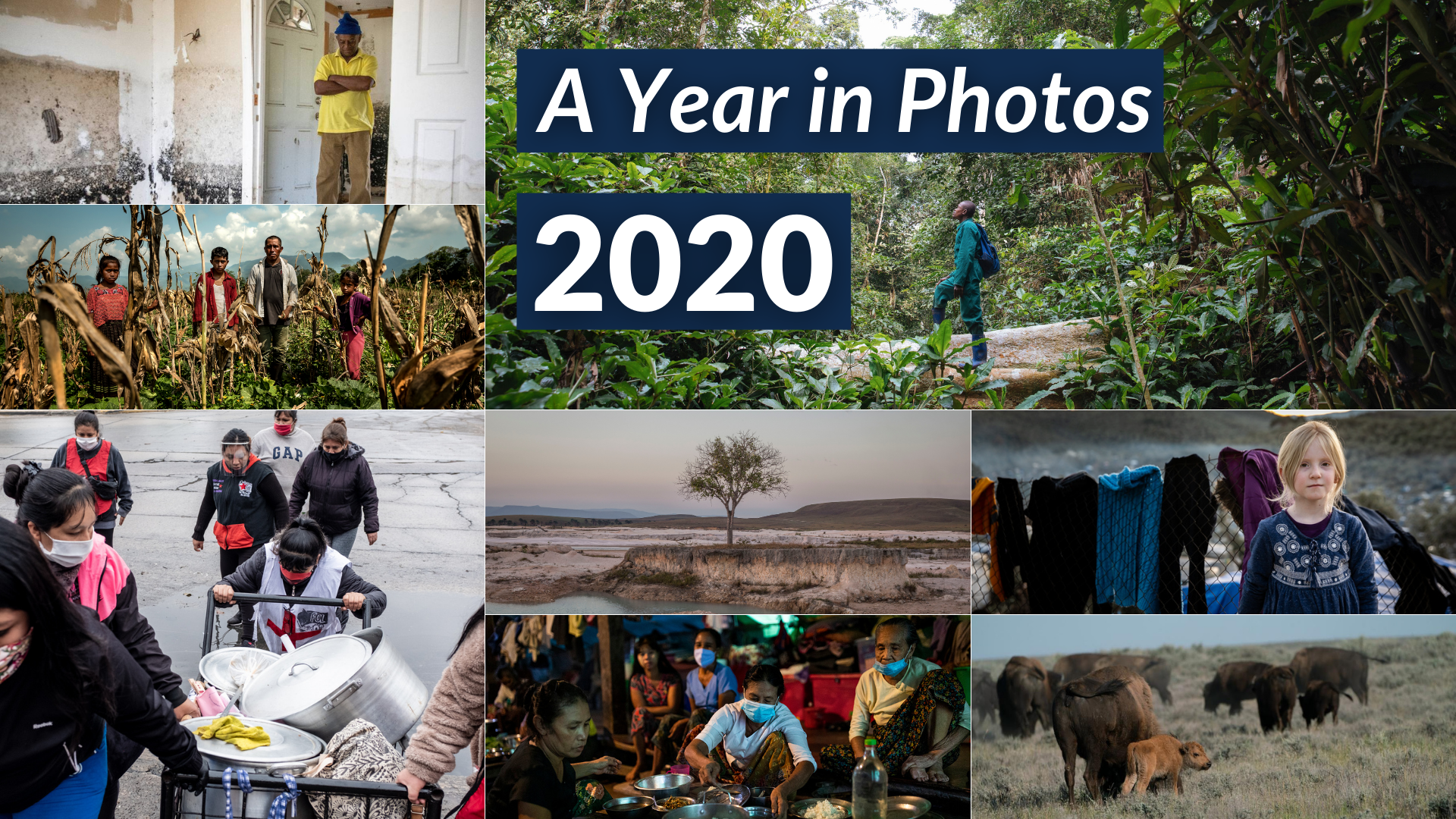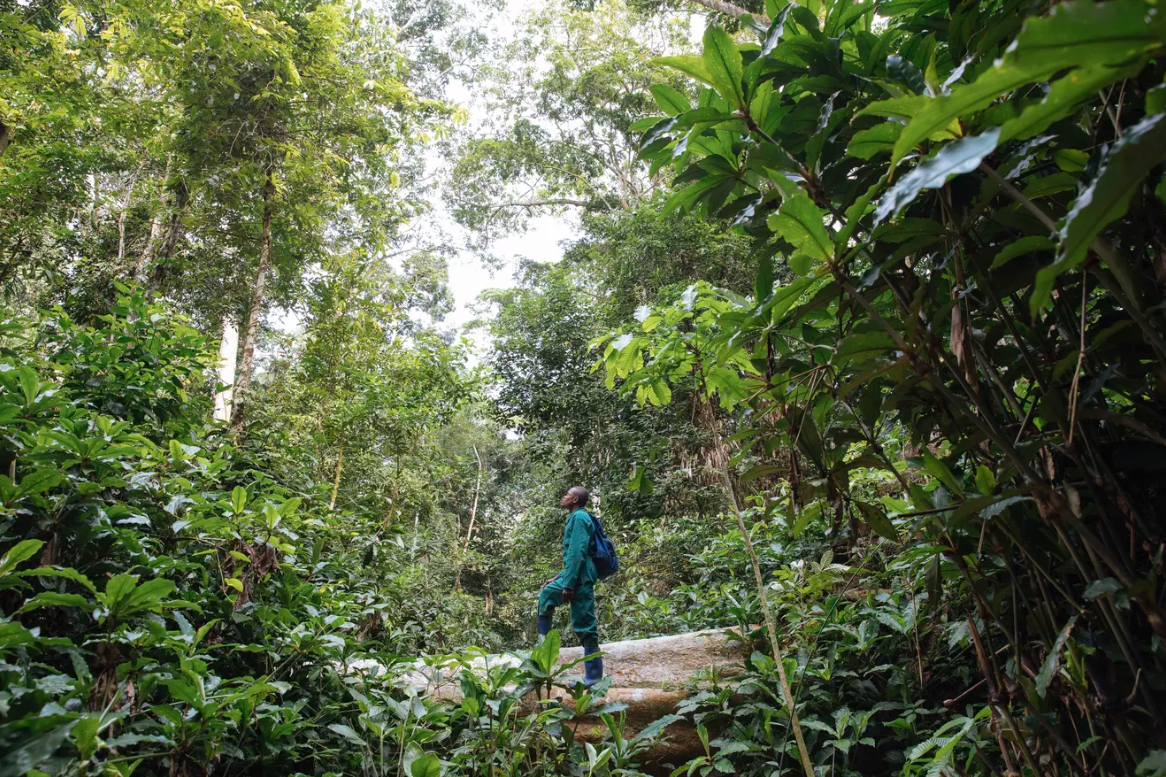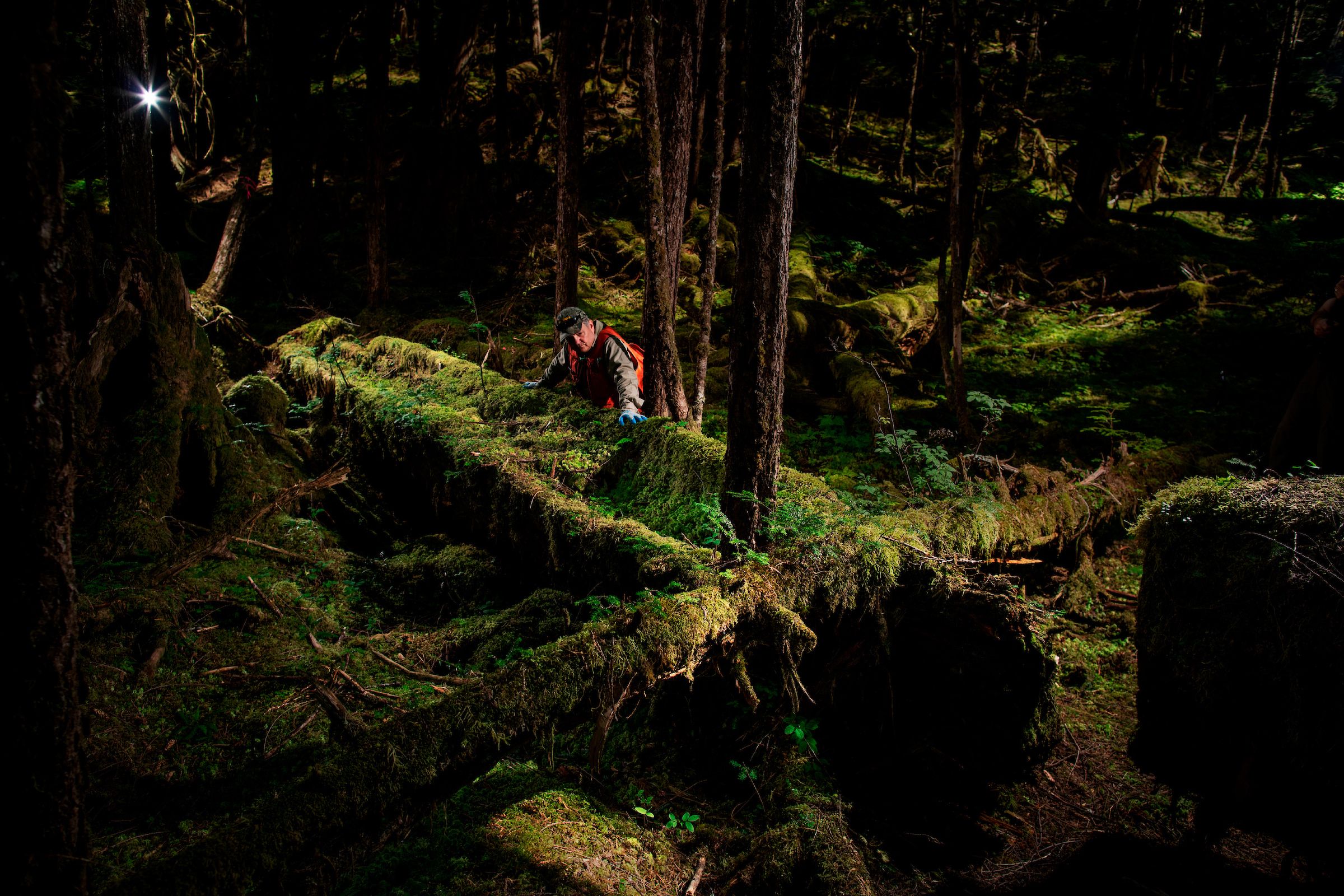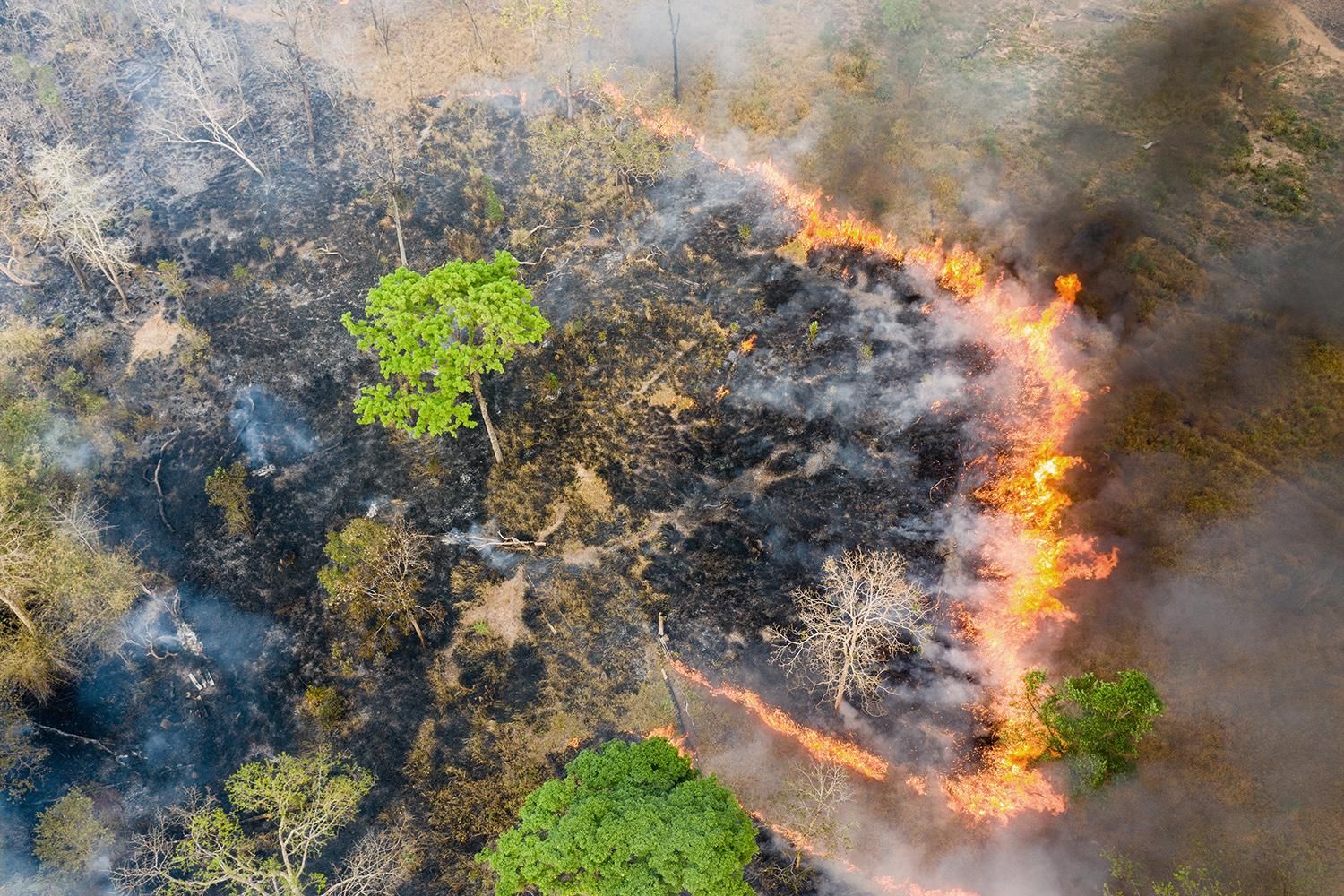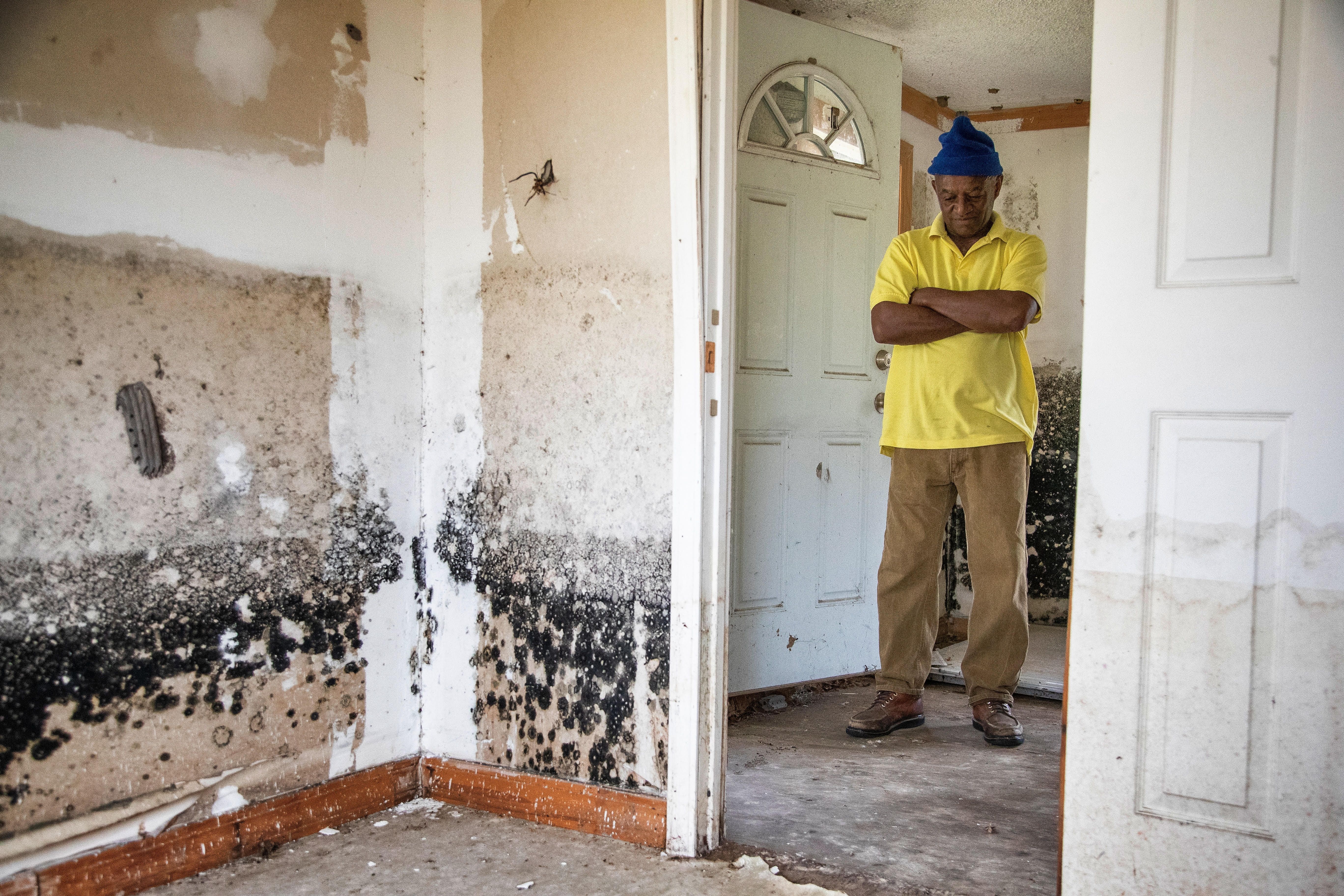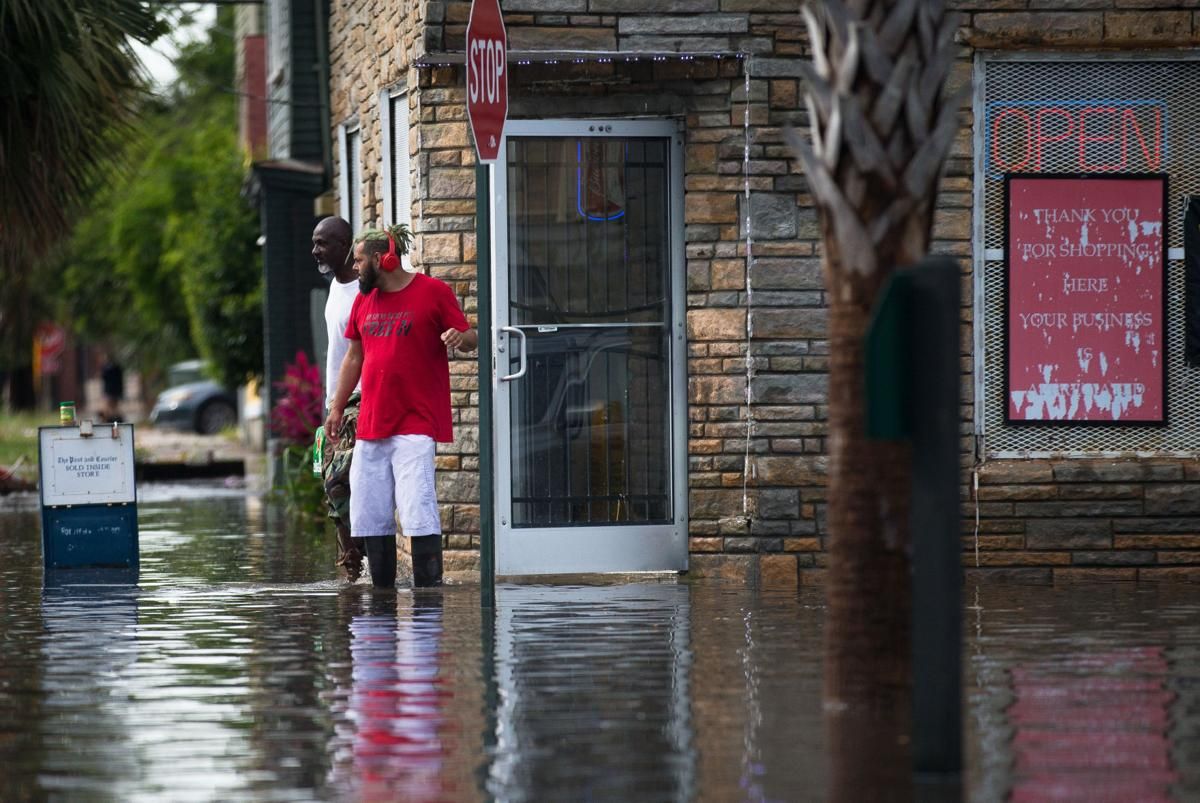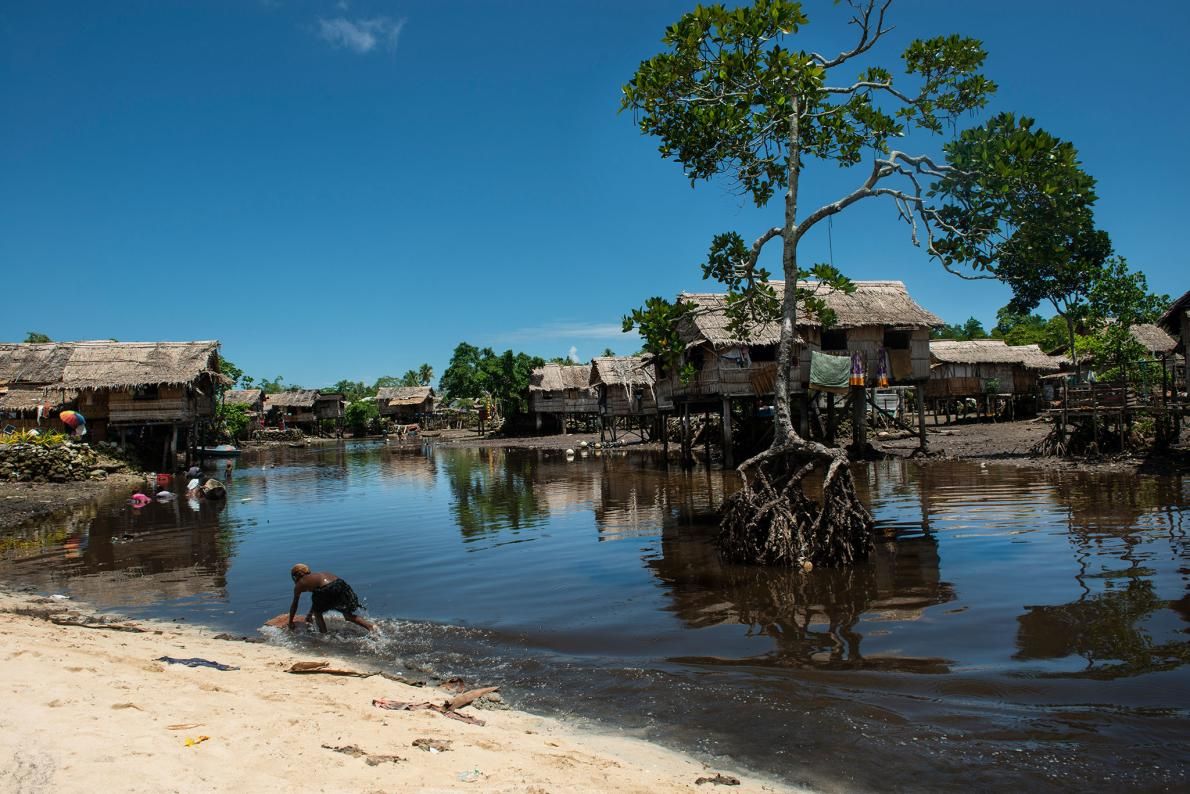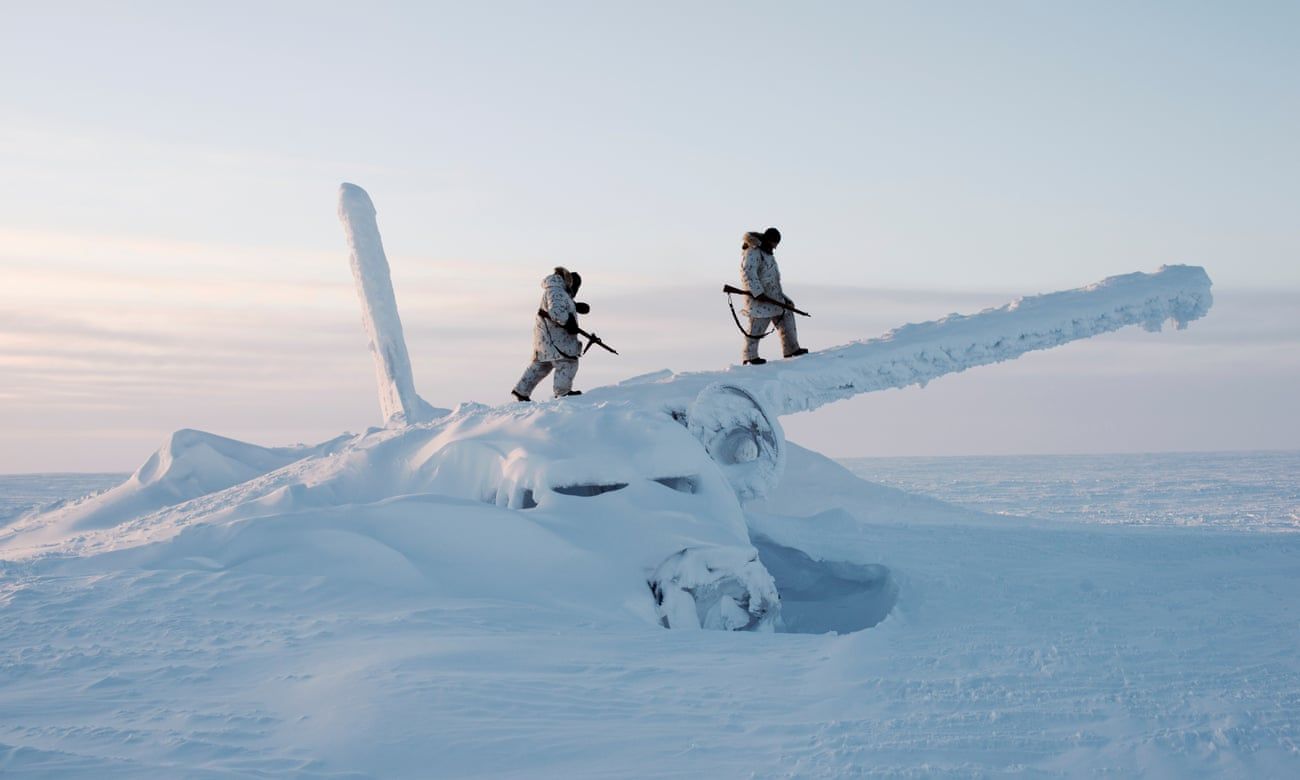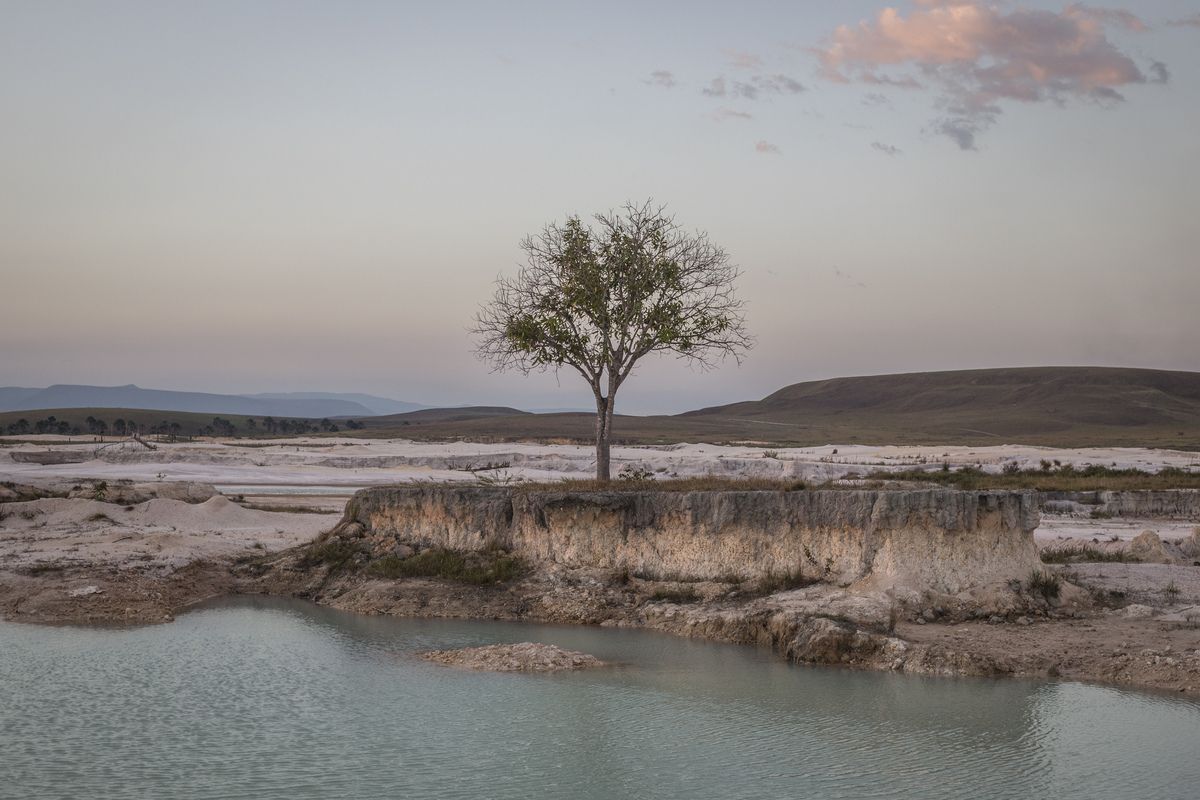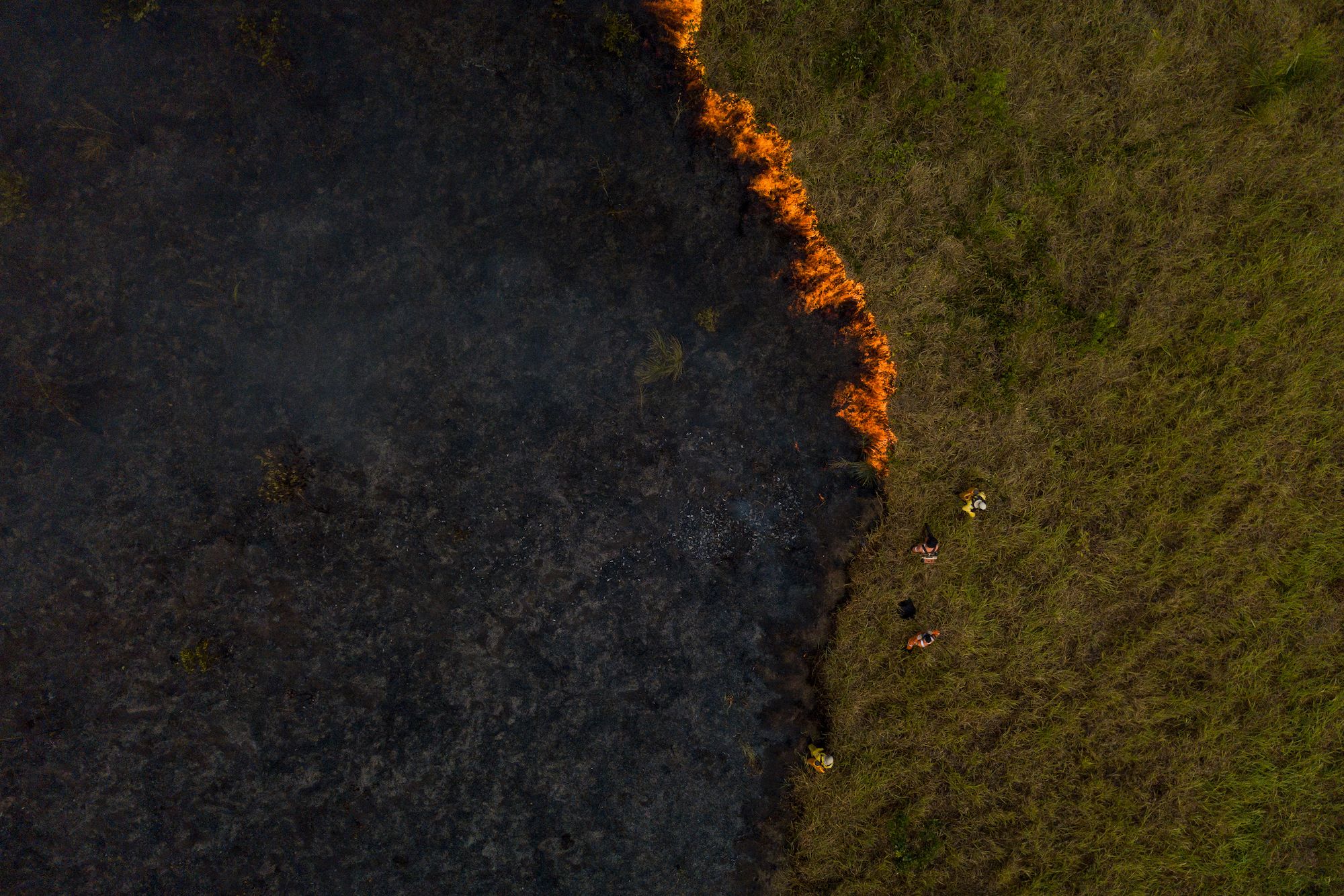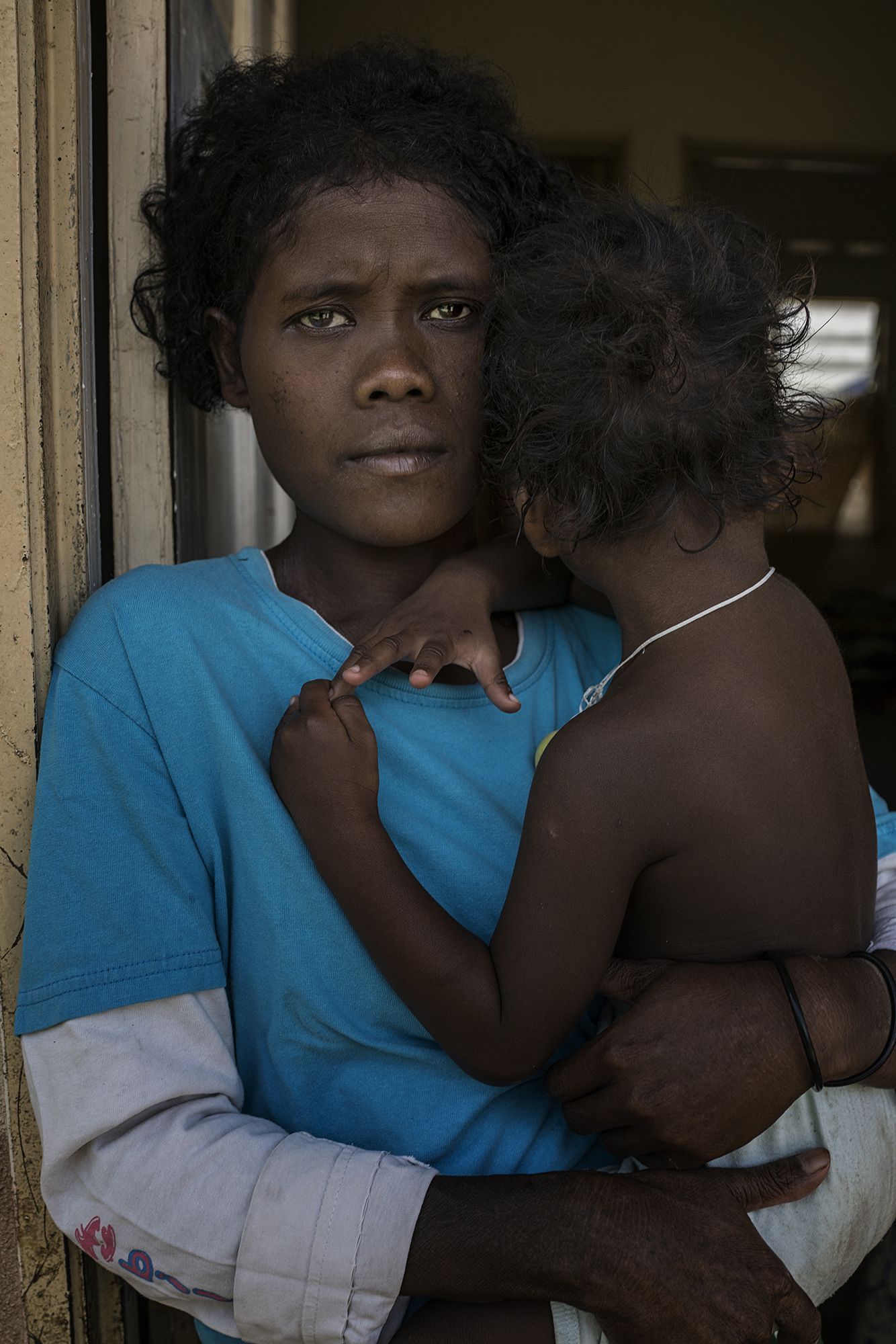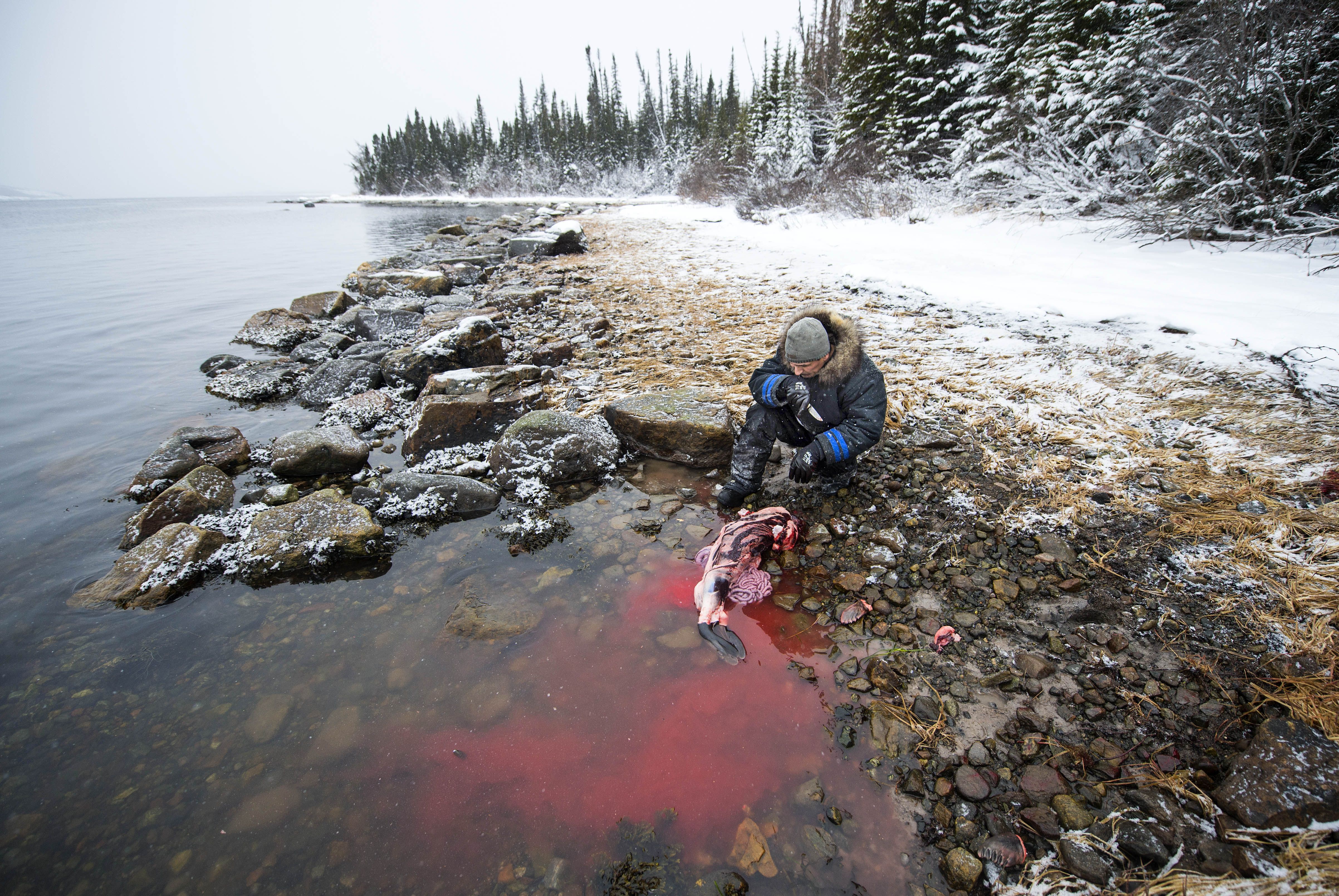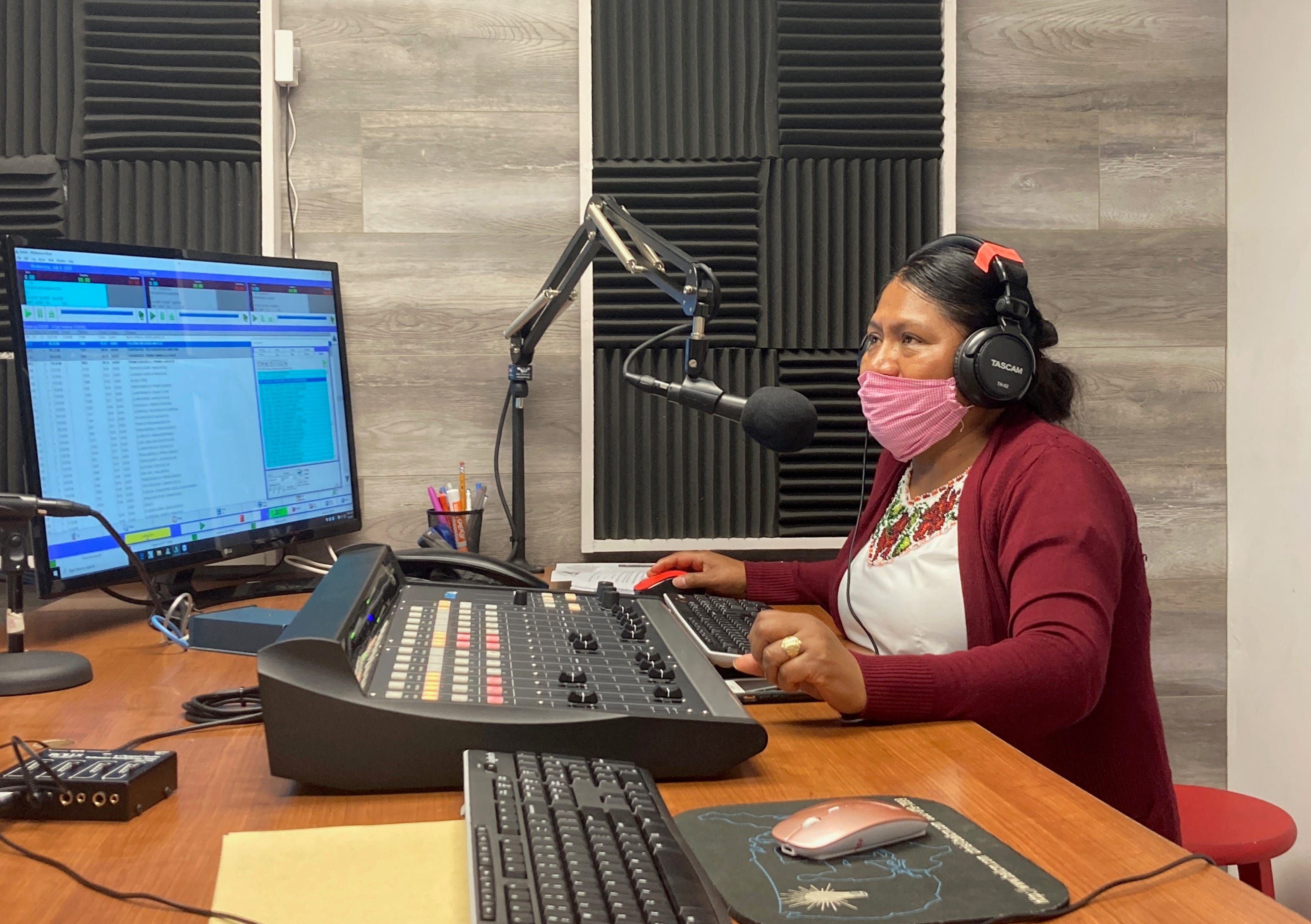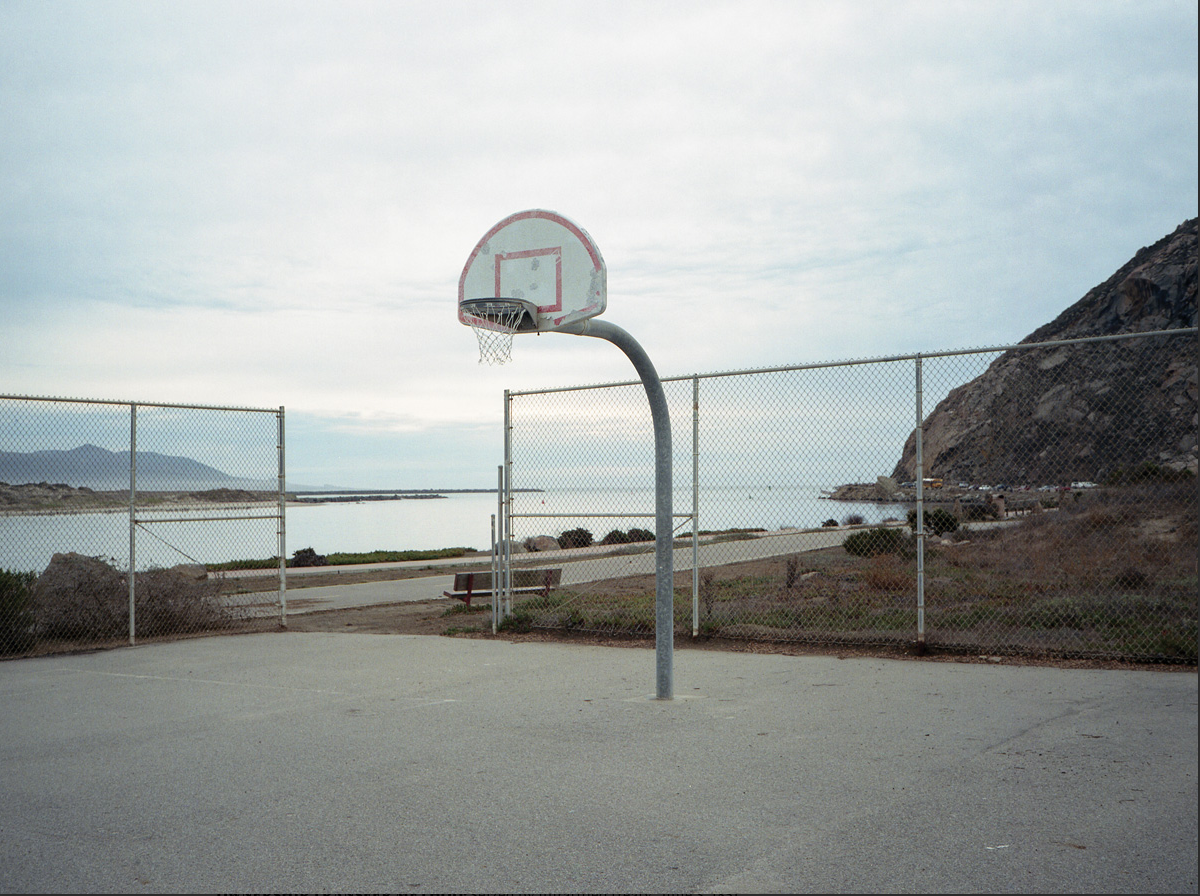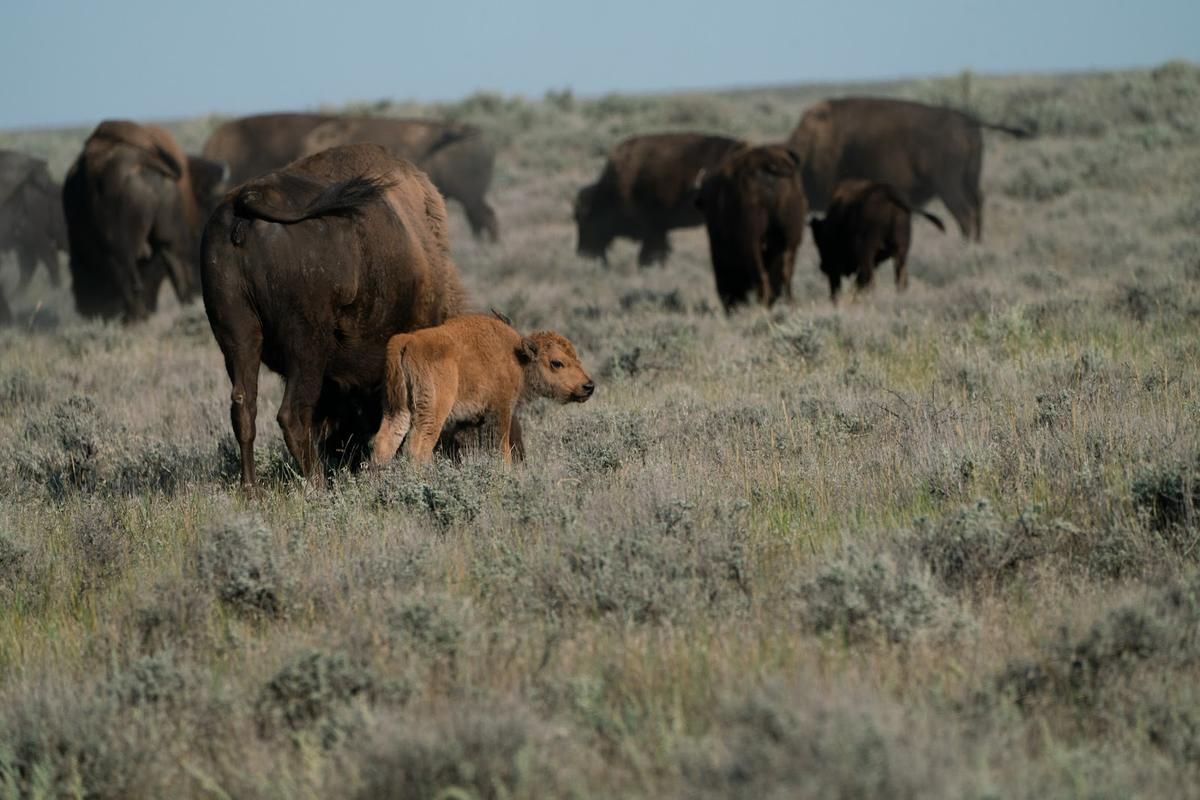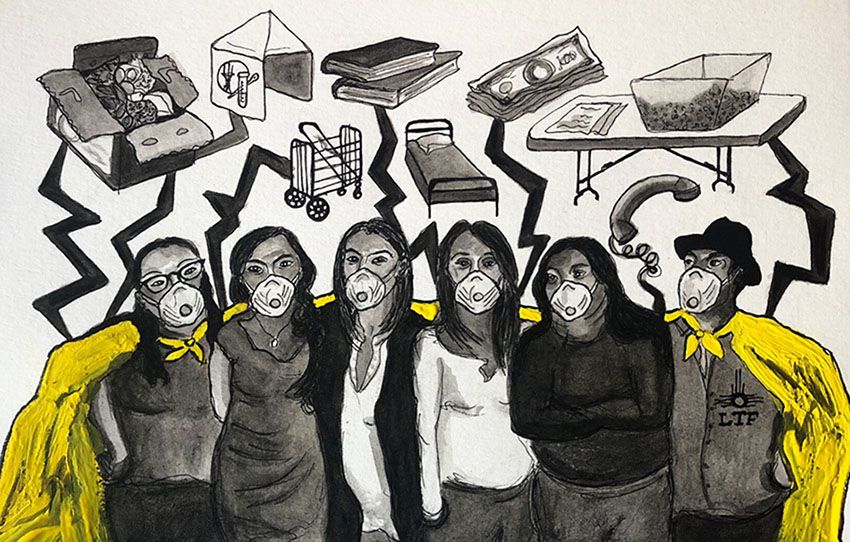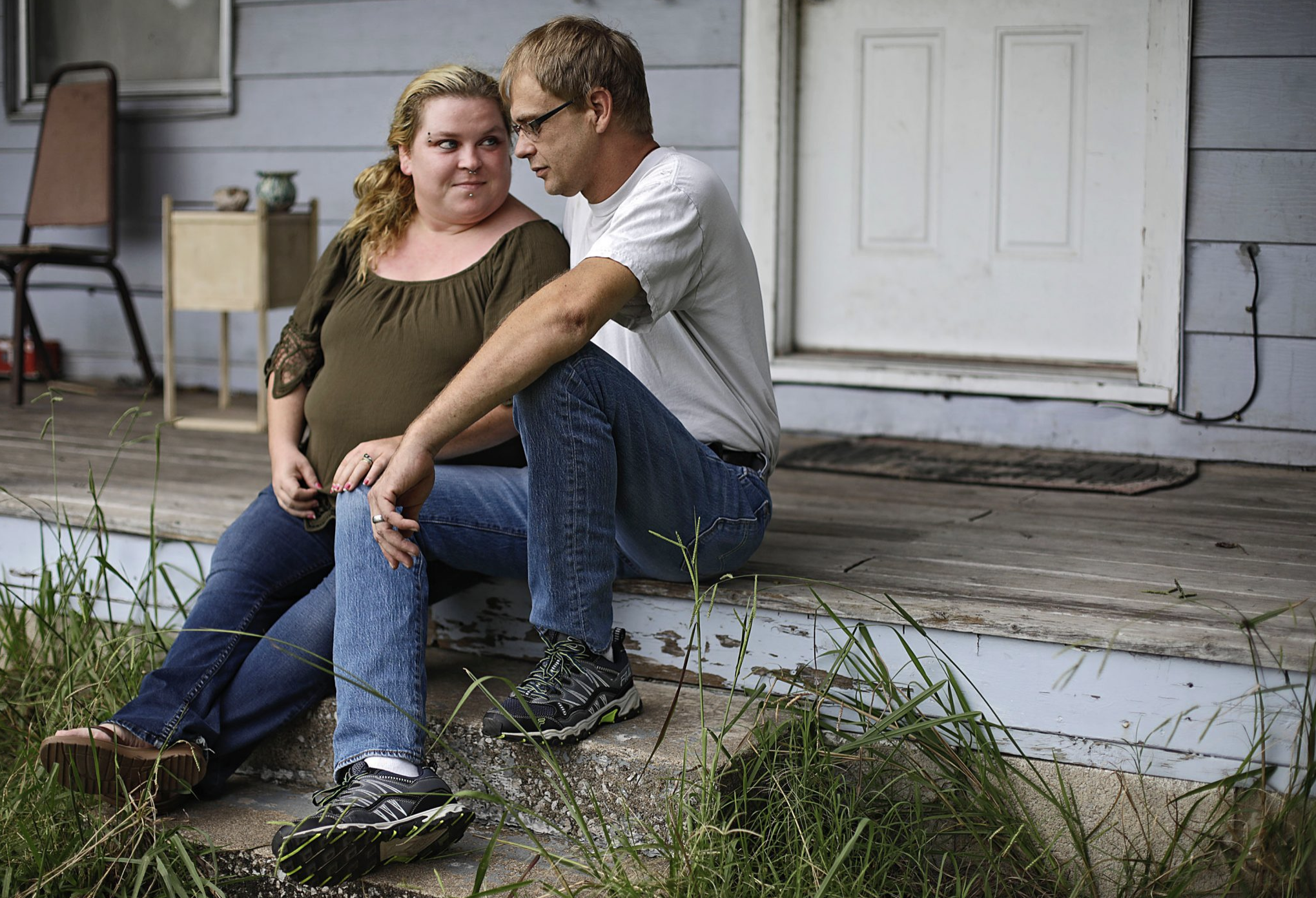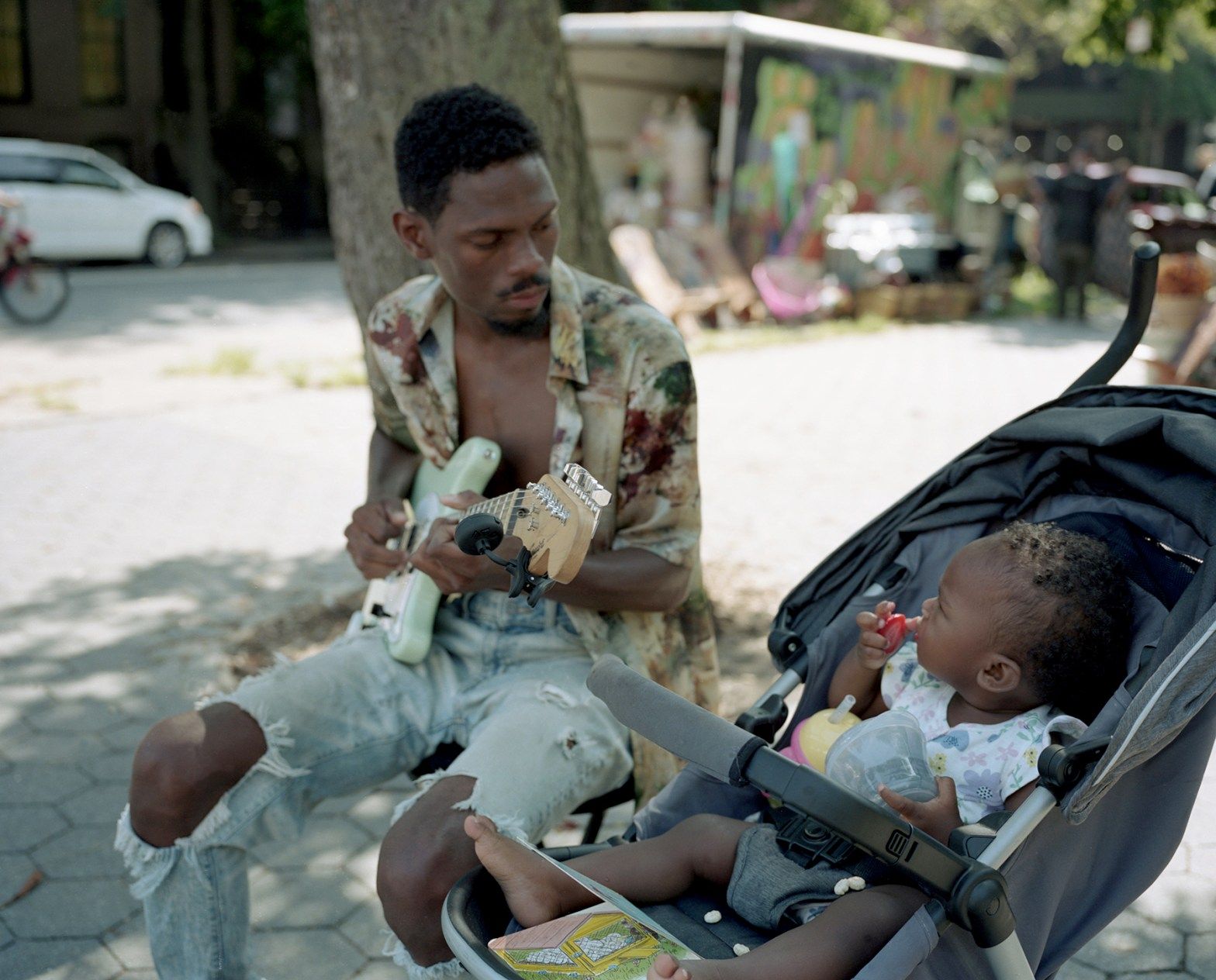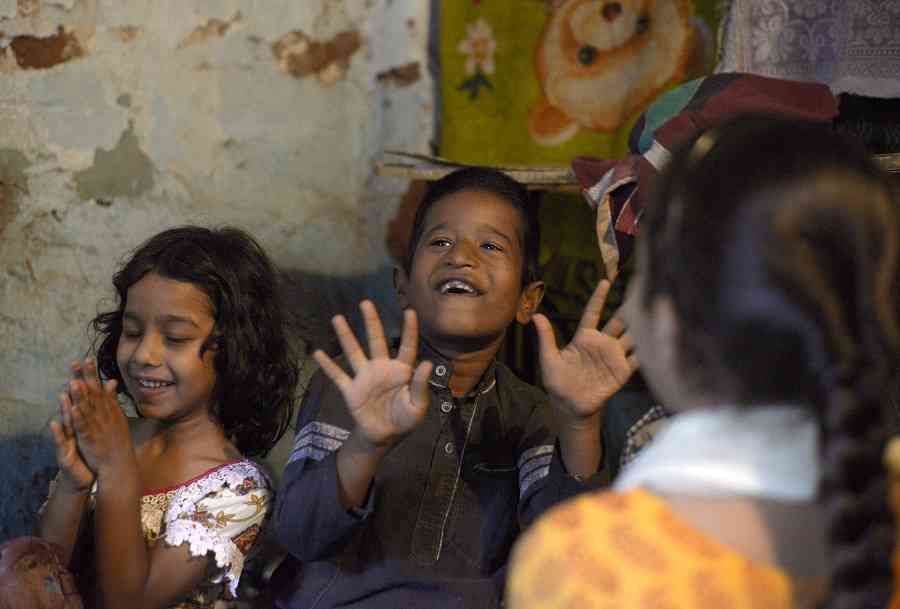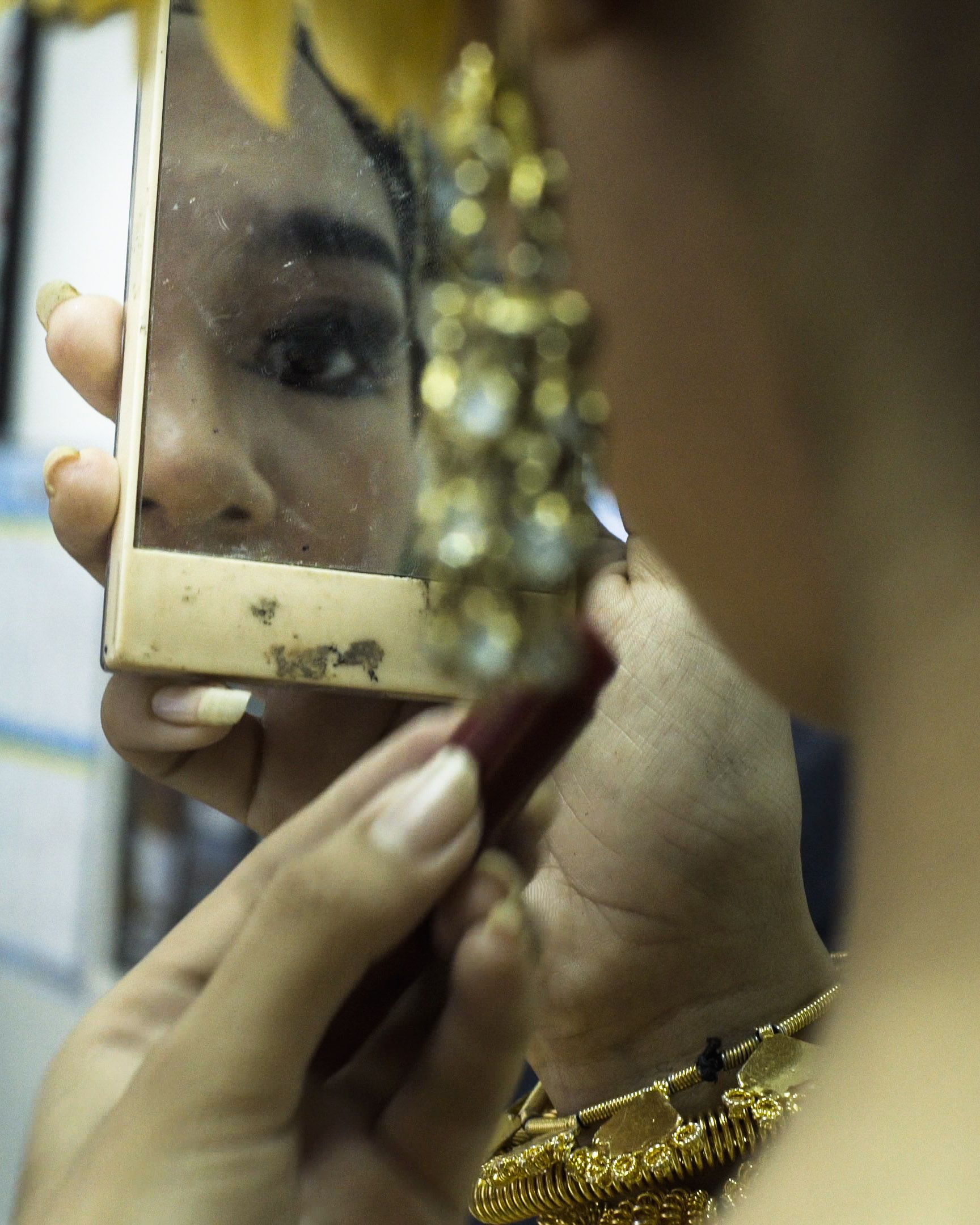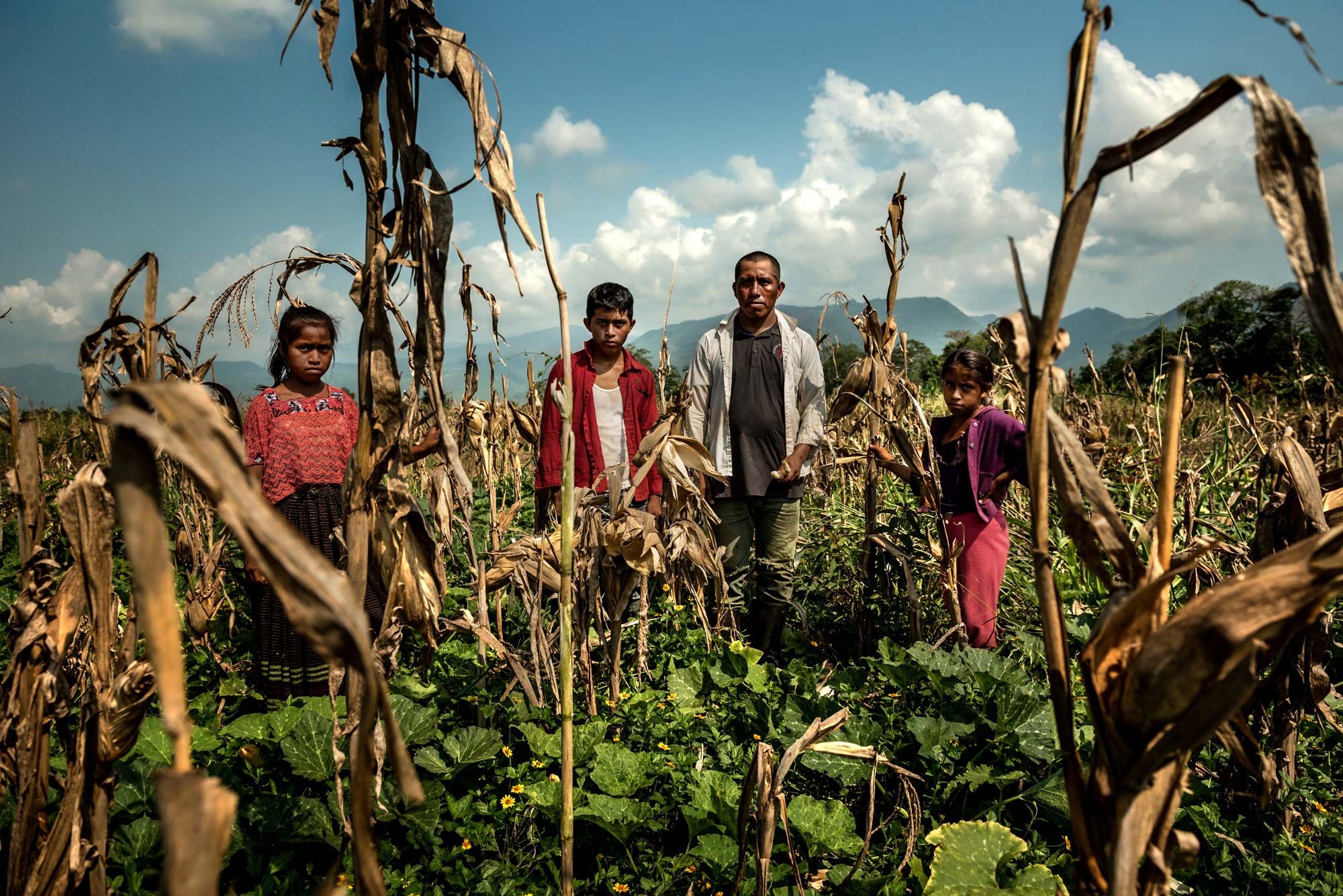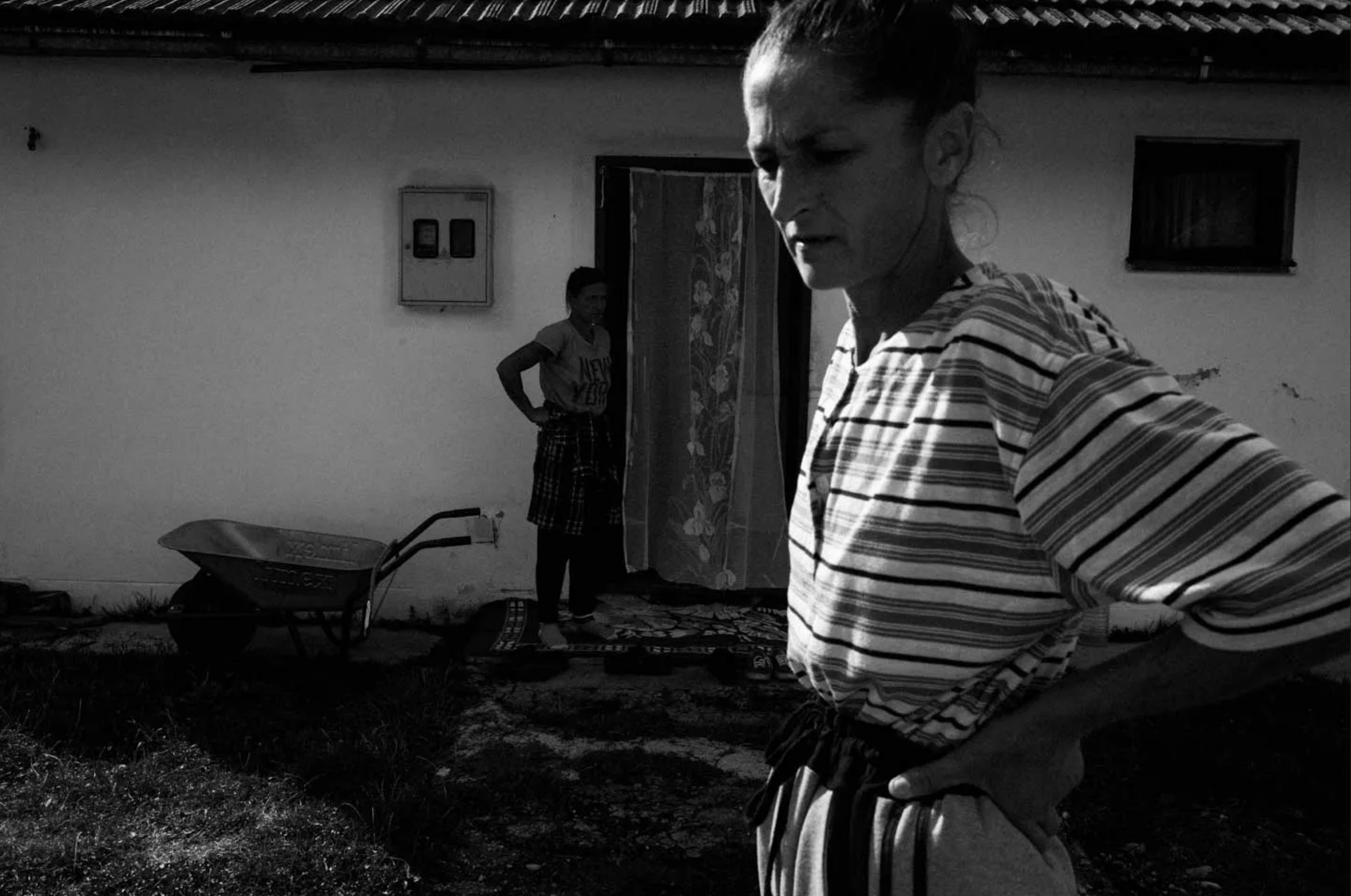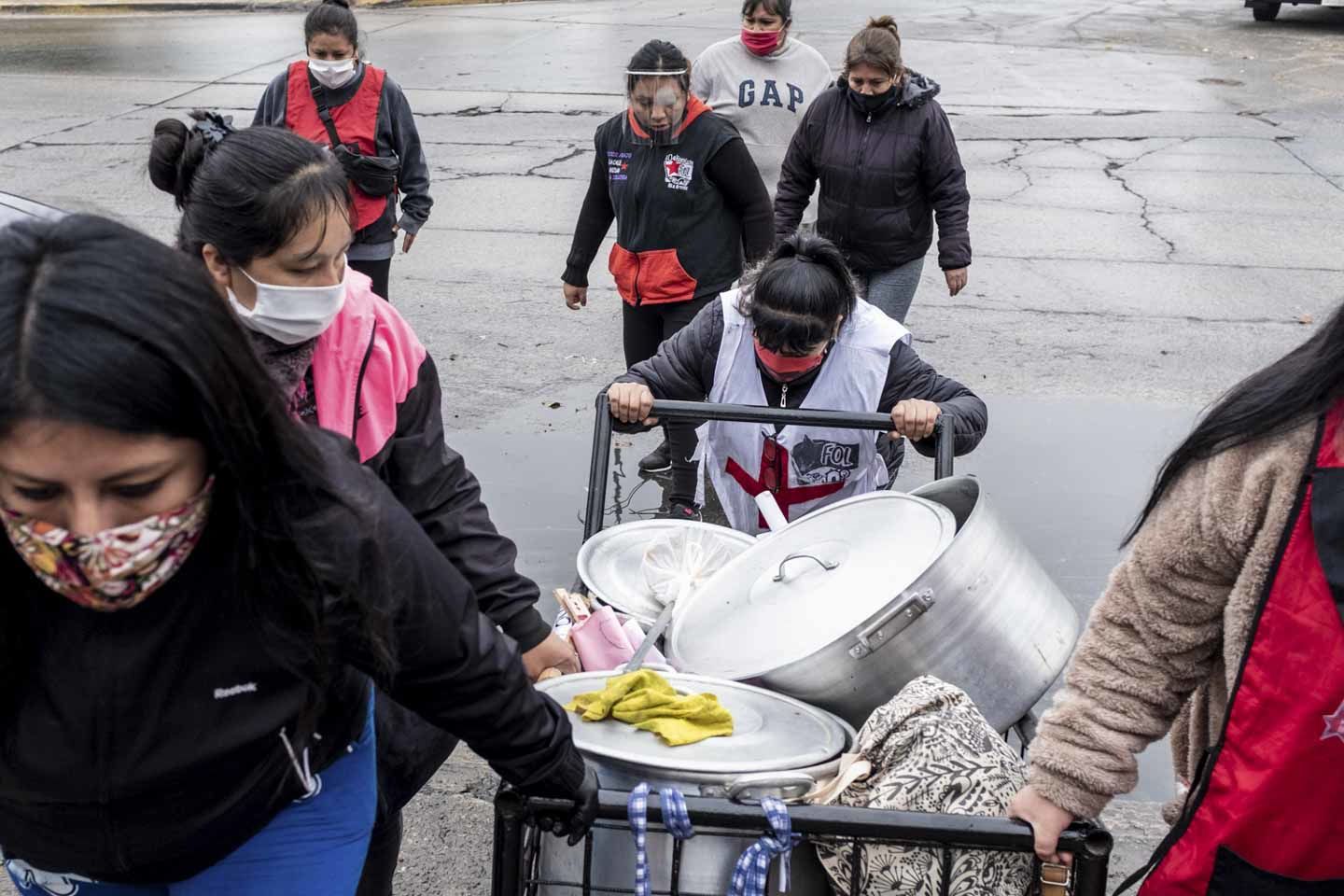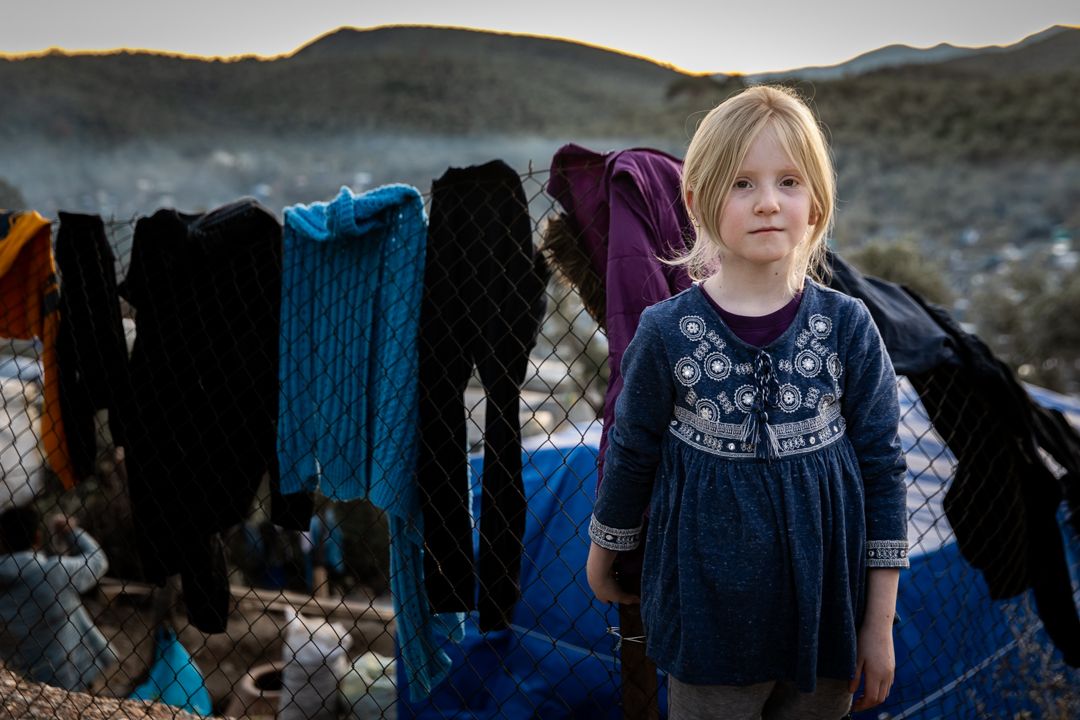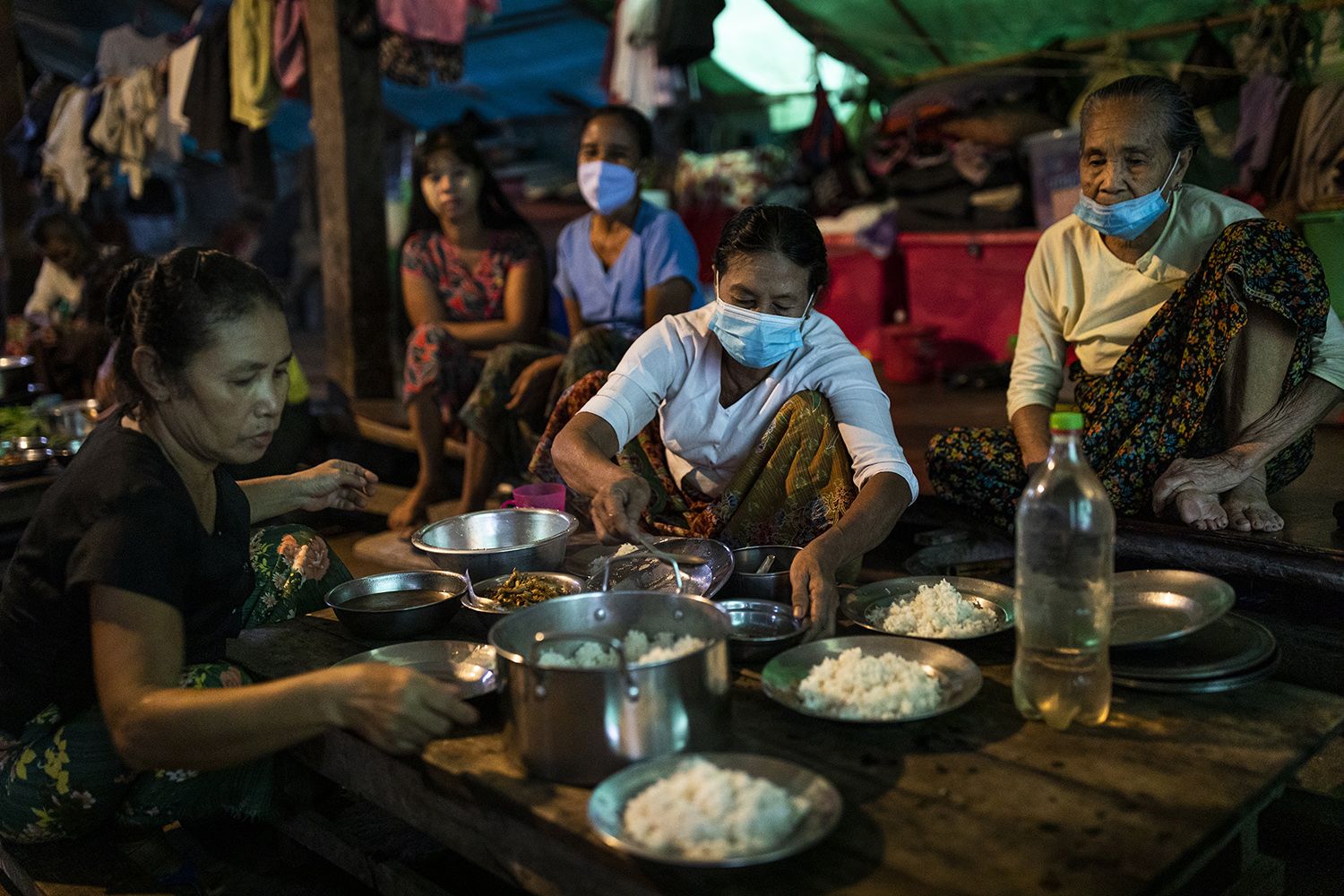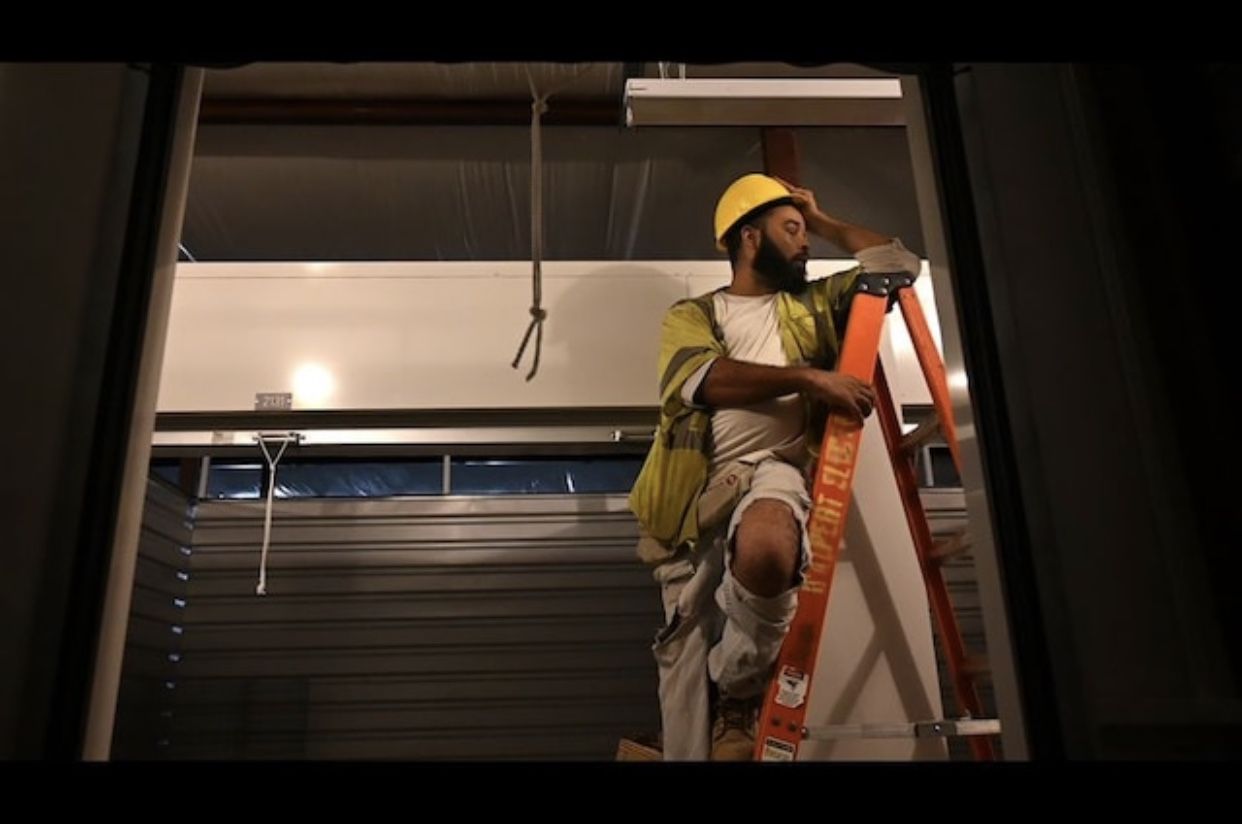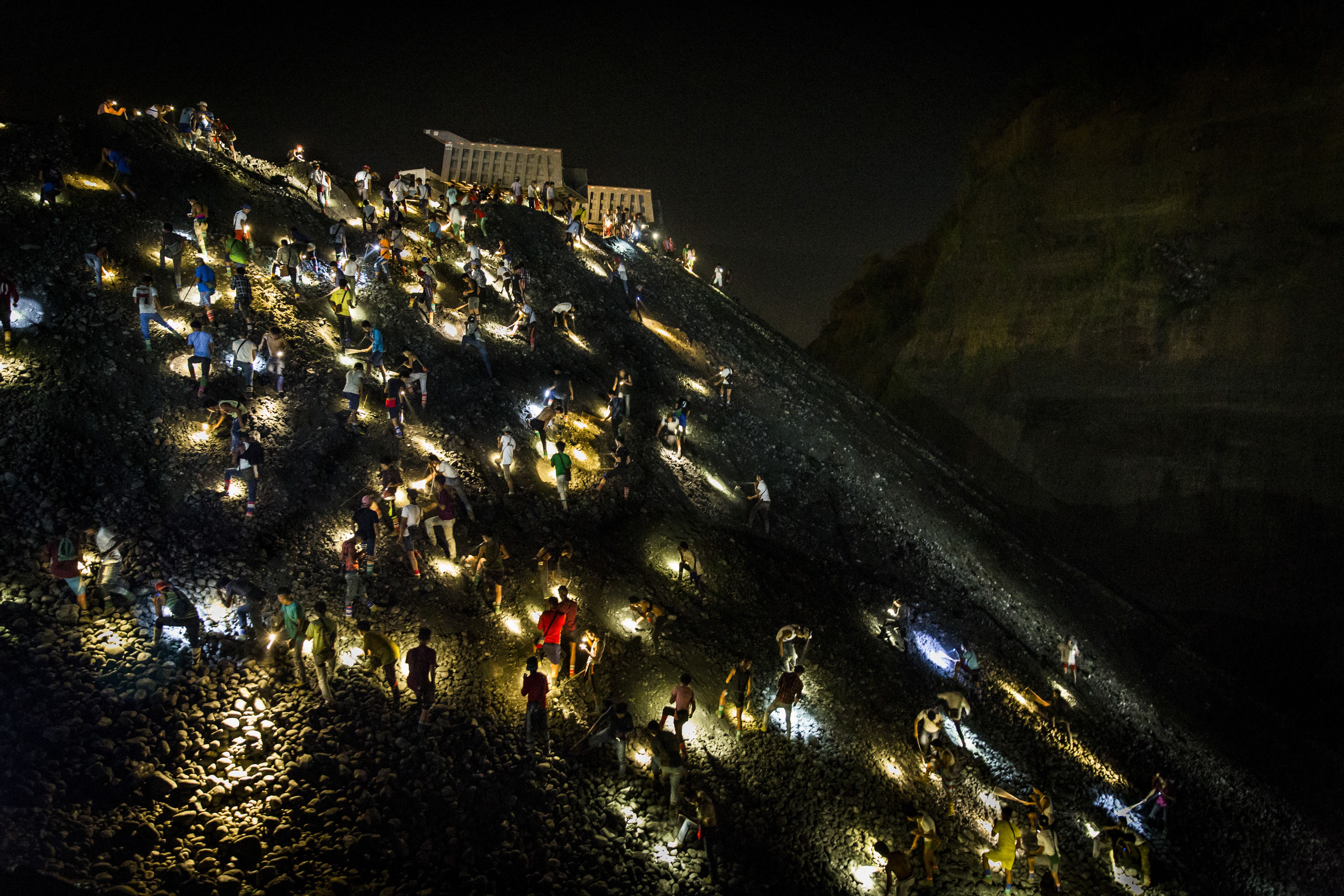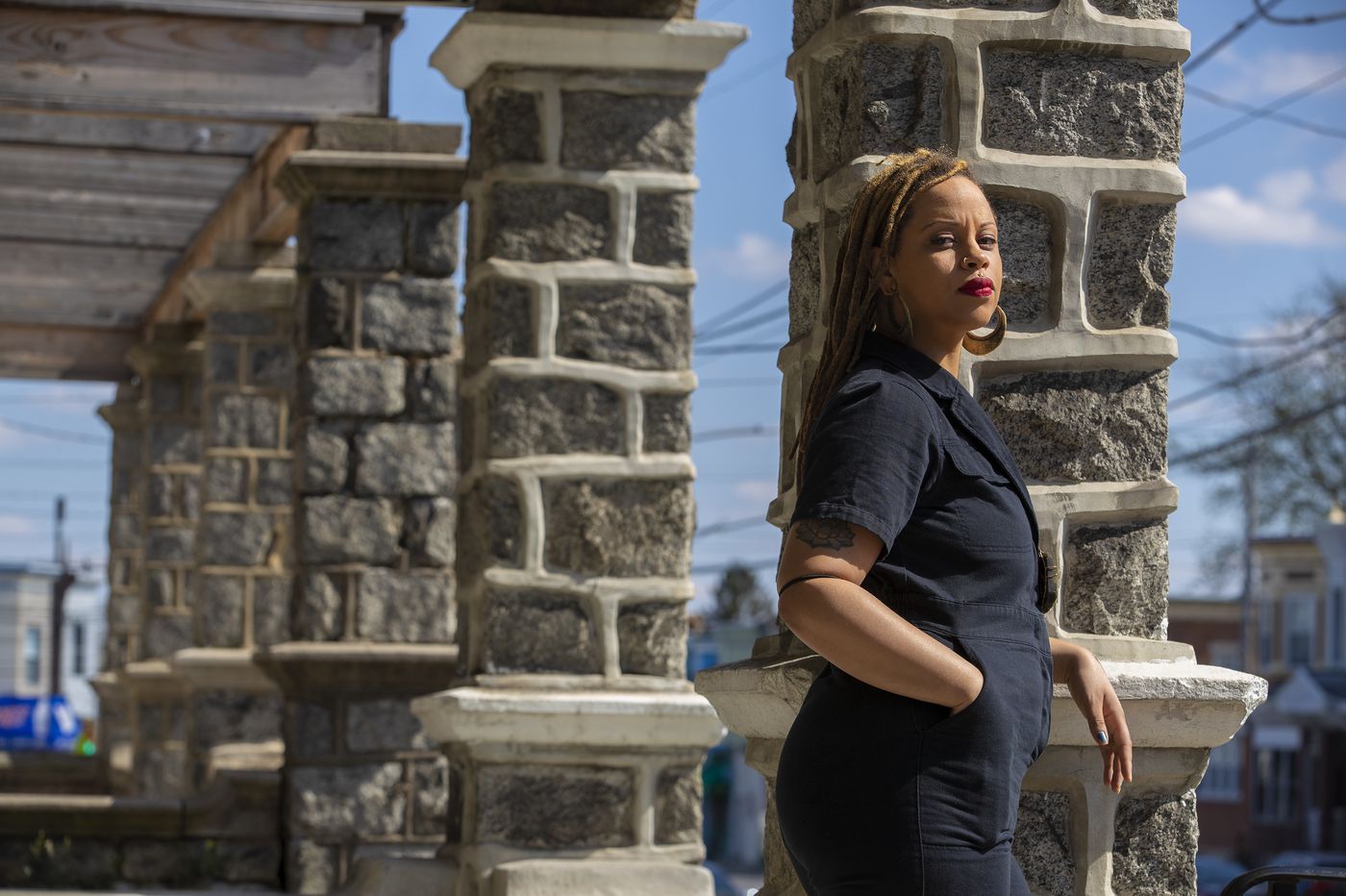Photojournalists play a powerful role in our world: they bring audiences directly into stories across the globe. This year, they documented stories of migrants fleeing the perils of climate change, of healthcare workers on the frontlines of the COVID-19 crisis, and of movements against racial injustice and police brutality. They have braved extraordinary circumstances to bear witness, and their photos are primary sources in the annals of history.
Explore some of the powerful photos Pulitzer Center-supported photojournalists have made this year, as selected by our staff. These are not single-issue stories for single-issue audiences. The people, places, and events depicted are full of nuance. In our search for solutions to the world’s systemic crises, we need the kind of journalism that engages with this complexity. But as newsrooms shrink and journalists come under ever more fire, the resources to make deep reporting possible are harder to come by.
At the Pulitzer Center, we fund quality journalism and foster engagement through education. As a nonprofit, we raise every dollar we spend. Will you become a Pulitzer Center champion, and become a part of the story?
Through December 31st, your gift to the Pulitzer Center can be matched by NewsMatch. Help us support journalism and education for the public good today.
Photo by Sarah Waiswa, from These Trees Are Climate Superheroes
This image evokes a deep sense of wonder in me—for the natural world, for the scientists who study it, and for those who strive to protect it. We live in a complex ecosystem, and the felling of a tree in the Congo Basin has a greater influence on the world than is immediately apparent.
-Claire Seaton, Multimedia Coordinator
Photo by Joshua Cogan, from Looking Beyond Old Growth Logging in the Tongass National Forest
This captivating Josh Cogan photo from Prince of Wales Island in Alaska’s Tongass National Forest oozes with primordial depth and evokes a spiritual, serene ecosystem—one that, at least for now, has averted a logging scheme to fell some 40,000 acres of old-growth and younger trees.
-Steve Sapienza, Senior Strategist, Collaborative News Partnerships
Photo by Sean Gallagher, from Cambodia Burning
Although Cambodia has one of the fastest rates of forest loss in the world, the contrast in Gallagher's photo gives hope. The haunting black and stark green show the resilience of nature and our need to act to save our forests globally.
-Glenn Williams, Operations Coordinator
Photo by Joshua Boucher, from Beyond the Beach
The Beyond the Beach project collaboration between The News & Observer and The State illustrated the unexpected impacts of climate change on the lives of residents of the Carolinas. This image by Joshua Boucher makes clear that the effects of flooding and violent hurricanes persist, even when the water clears, through mold that grows in homes.
-Kayla Edwards, Outreach Assistant
Photo by Andrew Whitaker, from Rising Waters
This photo shows a minority community battling a flood in Charleston, South Carolina, once again. As climate change amplifies flooding, the high water is not only leaving residents soaked, but it's also worsening racial and economic inequalities, reports show.
-Dana Thompson, Copy Editor
Photo by Monique Jacques, from The Solomon Islands' Vanishing Forests
Jacques’s shot immediately connects me to the lives of traditional communities and Indigenous peoples living in tropical forests around the planet. In the case of the islands in the Pacific, you can see the tragic advance of environmental degradation combined with climate change.
-Gustavo Falieros, Environment Investigations Editor
Photo by Louie Palu, from New Cold War
This photo encapsulates the Arctic's contradictions: its hostile terrain, but also its majesty and beauty. It is imagery like this that makes tangible what we stand to lose if the climate crisis goes unaddressed.
-Naomi Andu, Intern
Photo by Fabiola Ferrero, from With Saws and Motors, the Deep, Green Venezuelan Amazon Is Being Degraded
The tree in this image symbolizes the resilience of our planet’s living things—but the exposed earth cautions us about what can result from exploitative, extractive human activities. The contradiction depicted also alludes to how complicated the story behind this landscape really is.
-Nora Moraga-Lewy, Rainforest Journalism Fund Manager
Photo by Flavio Forner, from All the Flames of the Forest: The Complex Reality of Amazonian Fires Explained
Flavio Forner's striking photographs of the Amazon rainforest lend the problem of deforestation an appropriate sense of urgency. This image, in which the spread of a prescribed burn is watched vigilantly by firefighters, is an apt visual metaphor for the fine line between human interference in the rainforest and the human overreach that threatens to destroy it.
-Leonor Grave, Rainforest Journalism Fund Intern
Photo by James Whitlow Delano, from End of Times for Malaysia's Batek?
I feel like hunter-gatherers have a certain sacred connection with the Earth that has been lost to so much of civilization. Their connection is a part of human history. That is why I think it's important to understand and value their way of life, and why it saddens me when communities such as the Batek are not actively protected, all for the sake of industrialization.
-Amanda Nyakela Nyang'oro, K-12 Marketing and Communications Intern
Photo by Michael G. Seamans, from A Deadly Shade of Green
Our road to mitigating climate change must be inclusive of all, but especially of Indigenous communities. Hongoltz-Hetling and Seamans' project demonstrates the complications posed by hydropower and other "green" energies to the people of Rigolet.
-Libby Moeller, Campus Consortium Editorial Assistant
Photo by Pablo Albarenga, from Rainforest Defenders Series: Achuar Territory, Ecuador
Pablo Albarenga's photo is powerful in portraying the loss of land and identity that Indigenous communities in Ecuador face, as environmental degradation in the Amazon rainforest persists. This juxtaposition displays José's strength and commitment to defending the Achuar peoples' forest amidst widespread destruction and devastation of their home from extractivist industries.
-Francesca Edralin, Rainforest Journalism Fund Intern
Photo by Julia Knoerr, from Justice for Indigenous Immigrants from Mexico through Community Radio
This image, and the fantastic reporting project it supports, remind me of the many ways that people all over the world take action every single day to address the big issues of our time. As we continue to reflect on the COVID-19 pandemic, I hope this image reminds us to see and celebrate the helpers, and to remember the infinite ways that we can all take action in our lives to address the world's great challenges.
-Fareed Mostoufi, Associate Director of Education
Photo by Kalen Goodluck, from Investigating Land Grants to Universities
The photography in the land-grab universities project catalogues places that were acquired by the United States through violence-backed treaties and seizures and then sold at a profit to fund some of the country’s top institutions. The photos, and the project as a whole, are a testament to the hidden violence that powers colonialism and that is woven deep into this country.
-Abigail Gipson, Intern
Photo by Claire Harbage, from The Next Yellowstone
Many people care about the Great Plains, and I think this project portrays the complexity of the American Prairie Reserve’s interest in the land well. Proponents and critics each value the land differently. This project poses a thoughtful question: Who is the land for, and who should control it?
-Mary Nance, Education Intern
Photo by Kyler Zeleny, from The Moving Meridian
The lone tree in a burning field. 2020 was not a year for subtlety, so this image by Kyler Zeleny feels right. But the picture isn't about wildfires decimating the natural environment, rather it helps tell the story of the controlled burns that prevent such disasters.
-Mark Schulte, Education Director
Image by Molly Oleson, from How Do We Survive?
Molly Oleson’s image is an outlier here—an illustration, not a photograph. It beautifully captures the individuals and activities behind the Latino Task Force, an ad hoc group of community activists formed to address the unmet pandemic needs of San Francisco’s Mission District.
-Jon Sawyer, Executive Director
Photo by Mike Simons, from COVID’s Invisible Victims
The COVID-19 crisis has pushed millions of Americans into financial ruin. Mike Simons, whose photography is part of the Howard Centers for Investigative Journalism's project on COVID's invisible victims, provides a compassionate look at the ordinary people struggling to make ends meet amidst the economic effects of the pandemic.
-Jeff Barrus, Communications Director
Photo by Mateo Ruiz González, from The COVID-19 Writers Project (C19WP)
This photo by Mateo Ruiz González reminds me to find happiness in simple pleasures, like music, this year. The song may not always be joyful, but we can listen together.
-Holly Piepenburg, Outreach Coordinator
Photo by Rohit Jain, from Bhopal Gas Survivors in the face of COVID-19
In 1984, 40 tons of toxic gas spewed from a U.S.-owned chemical factory in Bhopal, India. The COVID-19 lockdown has disrupted those who still suffer from the lasting effects of the Bhopal gas tragedy. Will little Alfez be able to resume his much-needed therapy sometime soon?
-Boyoung Lim, Senior Editor
Photo by Ingrid Olivia Norrmén-Smith, from Meditation, Medication, Molecularization? Examining the Remediation of Cambodia's "Mental Health Crisis,"
I love how this image captures the power that younger generations possess in reclaiming artistic practices and healing collective trauma.
-Jaya Mukherjee, Education Coordinator, Chicago
Photo by Musuk Nolte, from Water Crisis on the Edge
When the pandemic hit, people in major cities around the world desperately scrambled to find their way back to their hometowns after they became homeless. Some waited days for buses while others attempted to walk back. Others, like this family, were only in the city for critical medical treatments but had to face the same uncertainty.
-Jackie Calderon, Editorial Coordinator
Photo by Hiram Alejandro Durán, from Puerto Rican Diaspora in the U.S. Mainland and COVID-19
This project spoke personally to me as a member of the diaspora of another U.S. territory: Guam. When the pandemic erupted, I felt a similar, confusing mix of the palpable emotions in this photo by the Centro de Periodismo Investigativo, which is based out of Puerto Rico.
-Leilani Rania Ganser, Grants and Impact Coordinator
Photo by Meridith Kohut, from Refugees From the Earth
Meridith Kohut’s striking image provides a personal look at how climate change is upending lives in Central America. The climate crisis is not confined to statistics in academic papers and articles—it’s already spurring mass migration and turning green landscapes yellow.
-Ethan Ehrenhaft, Intern
Photo by Jošt Franko, from Forgotten Victims of Srebrenica
2020 marks the 25th anniversary of the Srebrenica massacre in the former Yugoslavia. Jošt Franko's portrait of Hazira, a woman who spent the last 25 years in a seemingly forgotten refugee camp, captures a sorrow and longing that embodies her story—and that of so many women who suffered similar fates.
-Nathalie Applewhite, Managing Director
Photo by Anita Pouchard Serra, from Immigrant Women at the Front of COVID-19 Resistance in Buenos Aires
Migrant women from Bolivia, Peru, and Paraguay suffer discrimination and exclusion in Argentina. Photographer Anita Pouchard Serra captures their resilient and strategic self-organizing during the pandemic. These women are holding the line for their communities.
-Marina Walker Guevara, Executive Editor
Photo by Maranie Staab, from Speaking Out on Coronavirus
There’s a toughness—and a sweetness—in this portrait from Moria refugee camp: the dark brown eyes, yellow hair, closed mouth, and blue dress with the white embroidered yoke. In September, a fire destroyed the camp, leaving 13,000 men, women, and children homeless. Where is Asmaan now?
-Kem Knapp Sawyer, Contributing Editor
Photo by Hkun Lat, from A Distant Peace: Voices From Rakhine State, Myanmar
A meal: a time to gather with family and community. I'm drawn to these individuals because of this simple act—and because of their not-so-simple lives: living in a displaced persons’ camp, threatened by an escalating civil conflict amid the pandemic. And it reminds me of why we do what we do to get these stories out far and wide.
-Ann Peters, University and Community Outreach Director
Photo by Wong Maye-E, from Looking for America
We need to talk, Doris. Our country has become dangerously polarized. And we in the media, especially, need to listen and understand.
-Tom Hundley, Senior Editor
Photo by Lloyd Fox, from At What Cost?
This image contains more darkness than first meets the eye. After reading about the struggle and hopelessness that many families are experiencing when it comes to overwhelming child support debt, I can see why Mr. Gilliam feels this way. My own hope is that we all consider the human cost of our current systems, question if they are still serving their intended purpose, and change them in order to protect the most vulnerable.
-Gema Arana, Human Resources Manager
Photo by Hkun Lat, from Buried Hopes: Stories from Kachin's Jade Mines
When tragedy strikes, death toll numbers never truly convey the real loss that comes with incidents like the frequent landslides in Kachin’s jade mines. But Hkun Lat’s photography (and Shawanang’s illustrations) manage to capture the humanity of the crisis beautifully, complete with grieving families and miners’ flashlights sparkling like jewels.
-Lucy Crelli, Communications Assistant
Photo by Cheryl Diaz Meyer, from Lolas: Survivors of Enslavement
Cheryl Meyer's powerful photos draw our eyes and attention to Filipina "Comfort Women," who were forced into sexual slavery and violence during the Japanese occupation of the Philippines during World War II. The women photographed and interviewed in this emotional series share their experiences from the war and the ensuing decades of silence, shame, and stigmatization. Though few of these women are alive today, the ones who are continue to honor and speak out in their sisters' memory. These photographs also speak of their memories.
-Karen Oliver, Director of Finance & Administration
Photo by Charles Fox, from Portraits of a Pandemic
"This pandemic has only exposed the fact that housing insecurity ... was in and of itself a pandemic in this country," says Shani Akilah, the tenants' rights organizer pictured here. These portraits of women and nonbinary people of color in Philadelphia deftly highlight the strength of people fighting for their communities during the pandemic, while shining a light on the systemic failures forcing them to fight.
-Hannah Berk, Education Manager
